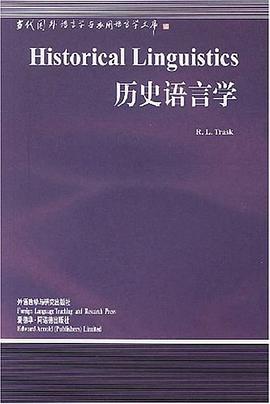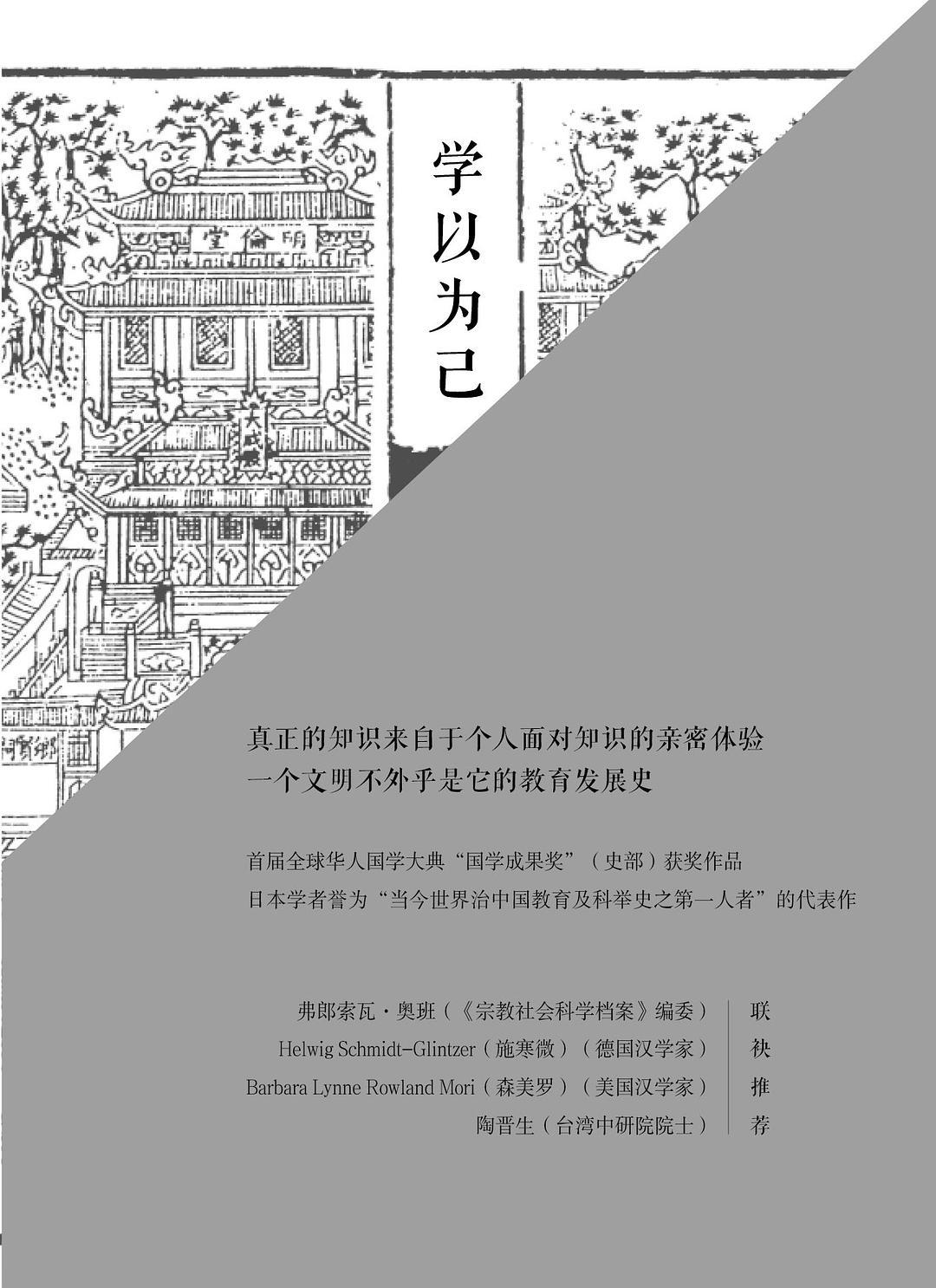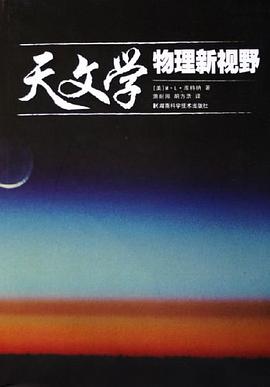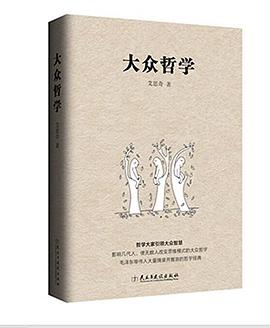内容简介
'Larry Trask's introduction to historical linguisties is what I've been wanting for many years: an introductory undergraduate textbook which presents the latest developments in historical research in a clear, exciting, and straightforward way.'
Dorothy Disterheft, University of South Carolina This book is an introduction to historical linguistics- the study of language change over time, written in an engaging style and illustrated with examples from a wide range of languages, the book covers the fundamental concepts of language change, methods for historical linguistics,linguistic reconstruction, sociolinguistic aspects of language change, language contact, the birth and death of languages, language and prehistory and the issue of very remote relations.
The book is thoroughly up to date, and covers the most recent work on the study of phonological change in progress, on morphological and syntactic change, and on typological approaches to change, It also addresses such reccent controversies as the Nostratic hypothesis and the Greenberg/Cavalli-Sforza work on language, genes and teeth.
A minimal knowledge of linguistic concepts is needed and the book is suitable for students approaching the subject for the first time. The exercises will be particularly useful to teachers and students alike. The approach is data-oriented throughout and students are encouraged to confront data, to spot patterns and to draw on their own knowledge of languages.
......(更多)
作者简介
......(更多)
目录
1. The fact of language change
1.1 Boris Becker's observation
1.2 English then and now
1.3 Attitudes to language change
1.4 The inevitability of change
2. Lexical and semantic change
2.1 Borrowing
2.2 Phonological treatment of loans
2.3 Morphological treatment of loans
2.4 Formation of new words
2.5 Change in word-meaning
3. Phonological change Ⅰ: Change in pronunciation
3.1 The phonetic basis of phonological change
3.2 Assimilation and dissimilation
3.3 Lenition and fortition
3.4 Additional and removal of phonetic features
3.5 Vowels and syllable structure
3.6 Whole-segment process
3.7 The regularity issue: a first look
3.8 Summary
4. Phonological change Ⅱ: Change in phonological systems
4.1 Conditioning and rephonologization
4.2 Phonological space
4.3 Chain shifts
4.4 Phonological change as rule change
4.5 Summary
5. Morphological change
5.1 Reanalysis
5.2 Analogy and levelling
5.3 Universal principles of analogy
5.4 Morphologization
5.5 Morphologization of phonological rules
5.6 Change in morphological type
6. Syntactic change
6.1 Reanalysis of surface structure
6.2 Shift of markedness
6.3 Grammaticalization
6.4 Typological harrmony
6.5 Case study: the rise of ergativity
6.6 Syntactic change as restructuring of grammars
7. Relatedness between languages
7.1 The origin of dialects
7.2 Dialect geography
7.3 Genetic Relationships
7.4 Tree model and wave model
7.5 The language families of the world
8. The comparative method
8.1 Systematic correspondences
8.2 Comparative reconstruction
8.3 Pitfalls and limitations
8.4 The Neogrammarian Hypothesis
8.5 Semantic reconstruction
8.6 The use of typology and universals
8.7 Reconstructing grammar
8.8 The reality of proto-languages
9. Internal reconstruction
9.1 A first look at the internal method
9.2 Alternations and internal reconstruction
9.3 Case study: the laryngeal theory of PIE
9.4 Internal reconstruction of grammar and lexicon
10. The origin and propagation of change
10.1 The Saussurean paradox
10.2 Variation and social stratification
10.3 Variation as the vehicle of change
10.4 Lexical diffusion
10.5 Near-merger
10.6 A closing note
11. Contact and the birth and death of language
11.1 Language contact
11.2 Linguistic areas
11.3 Language birth: pidgins and creoles
11.4 Language death
11.5 Language planning
12. Language and prehistory
12.1 Etymology
12.2 Place names
12.3 Linguistic paleontology
12.4 Links with archaeology
12.5 Statistical methods
13. Very remote relations
13.1 The mainstream view
13.2 A brief history of remote proposal
13.3 The Nostratic hypothesis
13.4 Greenberg’s multilateral comparisons
13.5 Towards an evaluation of macro-families
13.6 Towards Proto-World?
13.7 The early spread of people and languages
13.8 Worldwide loan word?
......(更多)
读书文摘
......(更多)






